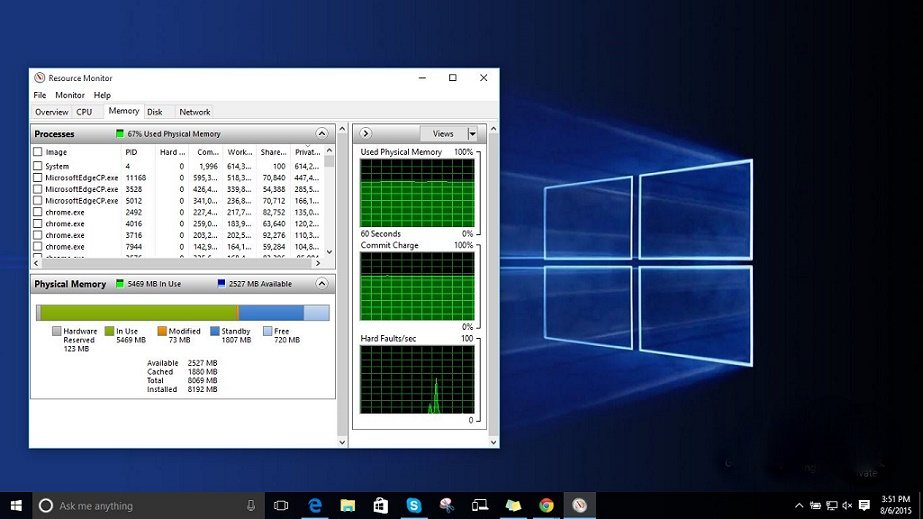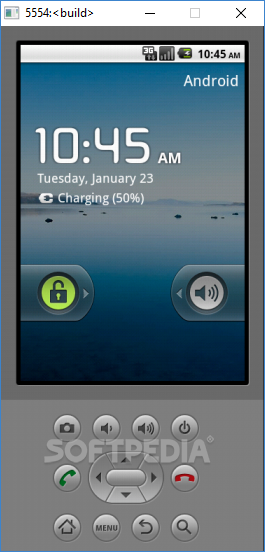Ldp Exe Microsoft Windows 7

- LDP.EXE LDP.EXE is a GUI tool that acts as a Lightweight Directory Access Protocol (LDAP) client, which lets you perform connect, bind, search, modify, add or delete operations against AD.
- The Windows SDK provides tools, compilers, headers, libraries, code samples, and a new help system that developers can use to create applications that run on Microsoft Windows. You can use the Windows SDK to write applications using the native (Win32/COM) or managed (.NET Framework) programming model.

If you want a graphical tool to find the DN of an Active Directory object then the free Microsoft tool LDP.exe should do the trick. The tool is included with the Windows Server OS and can be accessed from your local computer if you have the Windows Server 2003 Admin Pack or the 2008 RSAT installed.
LDP.exe for Active Directory. Microsoft also provides a free Windows 2000 Support Tools utility called LDP. Exe which can be used to perform Lightweight Directory Access Protocol ( LDAP) searches against the Active Directory for specific information given specific search criteria. LDP can be used to perform advanced LDAP queries against Active.
Note: The steps below are from the 2008 R2 RSAT version of LDP, the process is very similar for the 2003 version however some of the memu names etc at a bit different.
You can do some real damage to your domain using this tool, I recommend that when you bind to the domain you user the credentials of a standard use not an administrator.
1) Open Start => run enter LDP and press OK

2) Go to Connection => connect
3) Enter the FQDN of the domain or of a domain controller and press OK
4) Go to connection Bind

5) Either select “Bind as current user” or specify some alternative credentials, then press OK.
Ldp Exe Microsoft Windows 7 Download
I recommend that when you bind to the domain you use the credentials of a standard user not an administrator.
6) go to View => Tree
7) On the Tree View dialog you caa normally just press OK but if you have a large domain you may want to specify the DN of a root to reduce the load on the DC.
8) Browse down the tree on the left (double-click to expand) until you get to the object you want the DN of. Right-click the object and select Copy DN
Ldp Exe Tool
9) Paste the DN in notepad or wherever.